News WOSCU
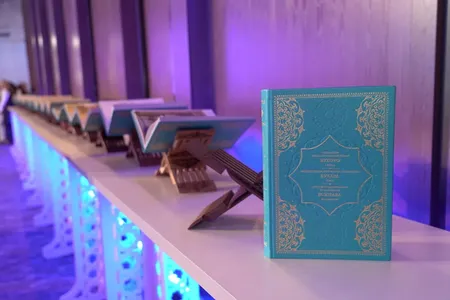
"Architectural Epigraphy of Uzbekistan"
Photo report on how the media event unfolded
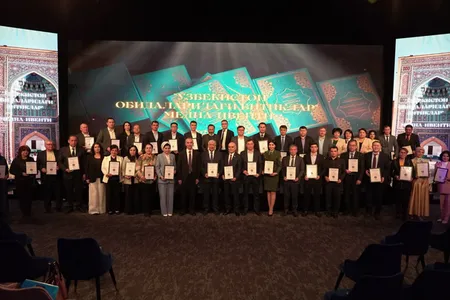
Media event "Architectural epigraphy of Uzbekistan"
On April 8th, WOSCU, together with the Academy of Sciences of the Republic of Uzbekistan and the Abu Rayhan Biruni Institute of Oriental Studies, presented the series of books "Architectural Epigraphy of Uzbekistan" and held a certificate award ceremony for the receipt of 20 volumes of book-albums by organizations, ministries, and departments.
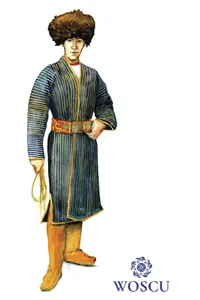
What kind of shoes did the Karakalpaks wear?
Shoes of Karakalpaks were boots (yetik) with sharp, slightly turned-up toes on a wide flat beveled heel and protruding knee part.
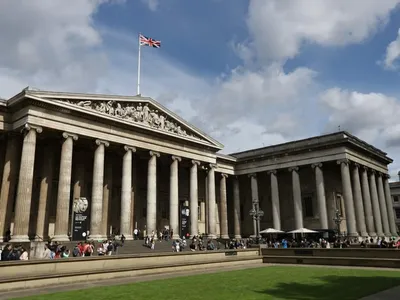
Unique works of the Ottoman Turks stored in Britain
The arts of the book comprise a significant part of the British Museum’s collections from the Islamic world.

Manuscripts in the Berlin State Library
The Berlin State Library houses about 190 manuscripts in the Chagatai language. The Chagatai manuscripts reached the Berlin State Library from East Asia in a great variety of ways.
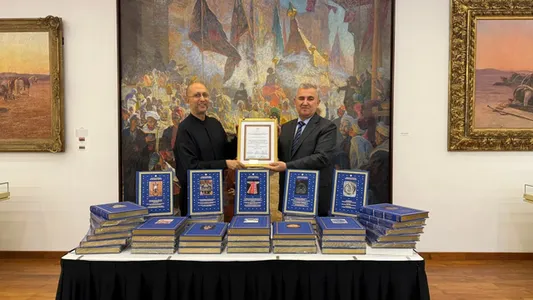
50 volumes “Cultural Legacy of Uzbekistan in the World Collections” were donated to a museum in Malaysia
On April 8th, a meeting took place at the Islamic Arts Museum Malaysia between Ambassador of Uzbekistan Karomidin Gadoev and the director of the museum, Saied Muhammad Al-Bukhari.
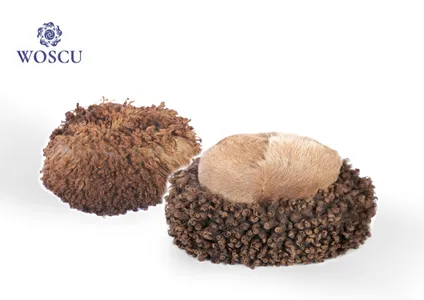
A delegei, kulakshin and other winter headdresses of the Karakalpaks
Among the main headdresses of the Karakalpaks were little round caps of black velvet on quilted or fur lining with a narrow black rim of smooth fur as well as caps with a high crown trimmed with fox fur.
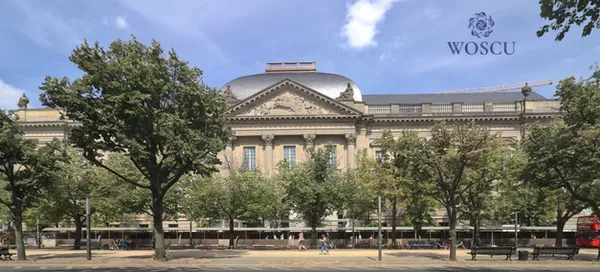
History of the Berlin State Library
The Berlin State Library is the largest scientific universal library in Germany and belongs to the leading European cultural institution - the Prussian Cultural Heritage Foundation.
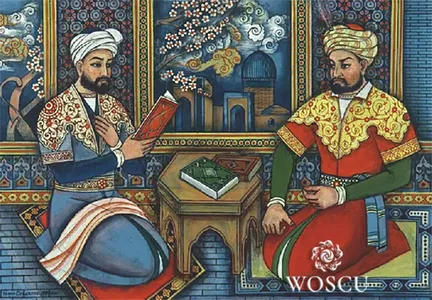
Who brought Navoi's "Kulliyat" to France?
Currently, the National Library of France houses several rare manuscripts of our national literature.
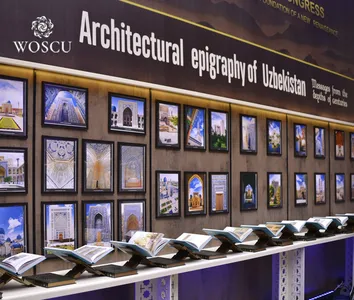
Media event "Architectural Epigraphy of Uzbekistan"
Today, in the conference hall of the World Society for the Study, Preservation, and Popularization of the Cultural Legacy of Uzbekistan (WOSCU), there will be a presentation of the book series "Architectural Epigraphy of Uzbekistan," along with a certificate award ceremony for their gratuitous transfer to relevant organizations and departments.

Karakalpak tahiya and its types
Scullcaps - tahiya were dome-shaped, about 12 cm in high, the top of them cross linked in four parts and was usually quilted with fine stitches.
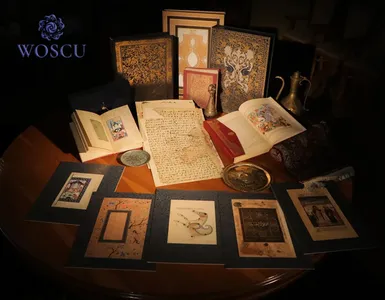
How much did the French ambassador buy Mirajname for?
As is known,Library of the Kings of France, which after the French Revolution became the Bibliothèque nationale (now Bibliothèque nationale de France, or BnF) is certainly one of the first libraries in Europe that collected important manuscripts from Central Asia.

Objects from the Collections of Gottlieb Wilhelm Leitner and Carl Wache
In 1904, at the same time as the donations from Rickmers, the Ethnological Museum received a small collection of purses and caps from the Emirate of Bukhara that had been part of the estate of the orientalist Gottlieb Wilhelm Leitner (1840 – 1899).
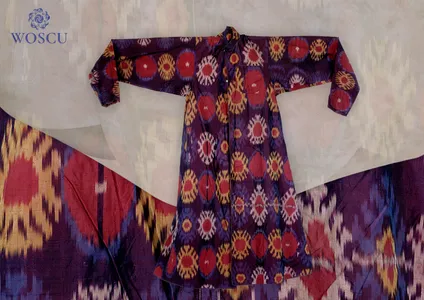
"Sarpo from head to toe" purchased in East Turkestan
This vibrant coat is one of several garments that also includes caps and footwear acquired by Robert Barkley Shaw during his travels in eastern Turkestan between 1868 and 1869.
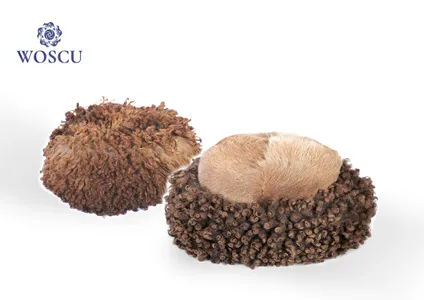
What kind of hat was popular among the Karakalpaks in the old days?
The most common traditional headdress was Karakalpak men’s hats made of sheepskin shogirme having a second name – kurash.
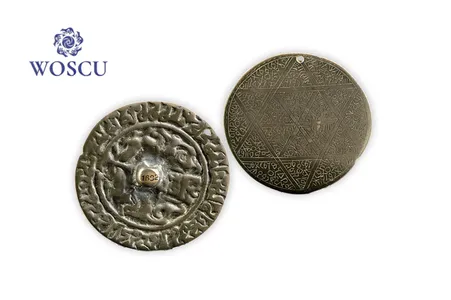
Mirror from the Bumiller collection
The remarkable collection of pre-Mongol period artistic bronze, widely known as the "Bumiller collection" or the University Museum of Islamic Art in Bamberg, is unparalleled in its richness and diversity of exhibits.

How many books are stored in the National Library of France?
According to experts, by the late 20th century the old complex of buildings in the rue de Richelieu could no longer accommodate the continuing expansion of the collections.

"Bukhara Portiere Carnations"
When it comes to suzani, it is impossible not to remember the suzani that Barell bought.
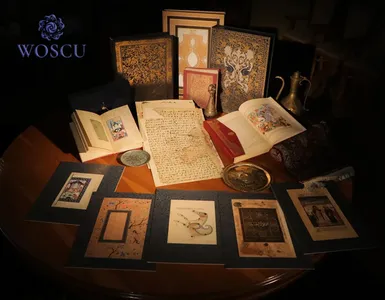
Do you know who copied "Mi‘raj-nama"?
The work "Mi‘raj-nama," describing the Miraj incident, holds significant importance in classical Eastern literature.
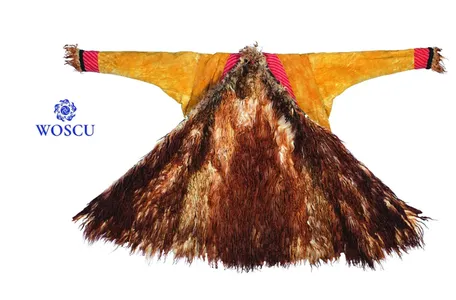
Postin - winter Karakalpak sheepskin coat
The cut of postyn was wider than the robe.

What was a shekpen robe?
Shekpen is the ancient Karakalpak robe.
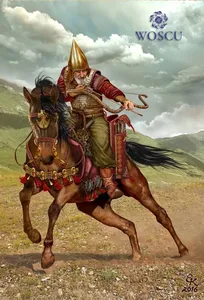
Kalpak as a connection with the ancient Scythians
The headwear of Karakalpaks was diverse.

Which library in France contains manuscripts brought from Mawarannahr?
The whole world was interested in the manuscripts of the East, especially Mawarannahr.

Did you know that Uzbek suzani were used in British castles?
Of the beautiful Islamic embroidered textiles Burrell acquired, the group of 11 Central Asian Uzbek Suzanis stands out.

How was the National Library of France created?
According to information, the first Arabic manuscripts were collected during the “Renaissance” (16th century), but many manuscripts were acquired in the Middle East by scholars and librarians during the 17th and 18th centuries, specifically from expeditions to the Ottoman Empire, Egypt, Persia and India, but Central Asia remained inaccessible.

A valuable art lover through the eyes of a journalist
Sir William Burrell’s belief in the value of engaging with art was best expressed by a journalist at the Berwickshire News and General Advertiser who interviewed him in 1949 to mark his gift of artworks to the town of Berwick.
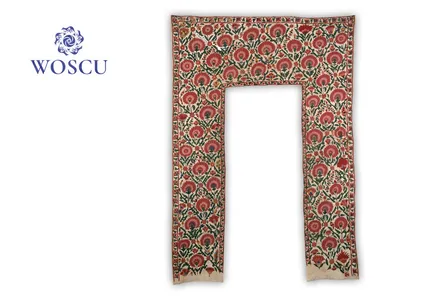
The incorrectly interpreted suzani embroidery
Only one of the Burrell Suzanis was interpreted incorrectly.
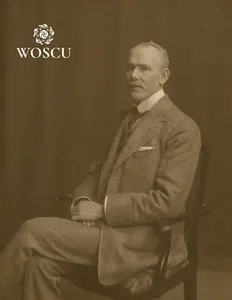
A unique gift from a generous patron
The city of Glasgow in Scotland is home to a small group of exceptional Uzbek Suzani embroideries from the Emirate of Bukhara.
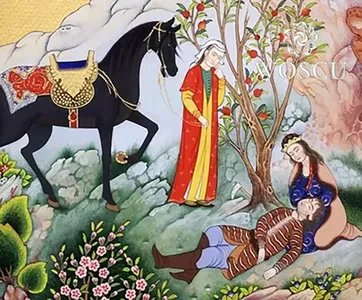
What discovery did the Hermitage expert make in Navoi’s work?
Navoi's works have always been of great importance.

Was the Indian style dominant in Khamsa miniatures?
Among the Khamsa epics, “Laili and Majnun” occupies a special place, as do the miniatures in it.
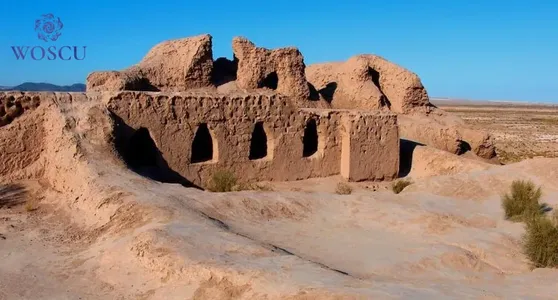
Zoroastrian temple discovered in Toprak-Kala site of the Khazarasp region
In 2003–2007, archaeological excavations and search work were carried out at the Toprak-Kala site of the Khazarasp region, with the scientific study of the Meshekli caravanserai and its surroundings, and in 2010–2011, the Humbuztepa ceramic craft center was studied.
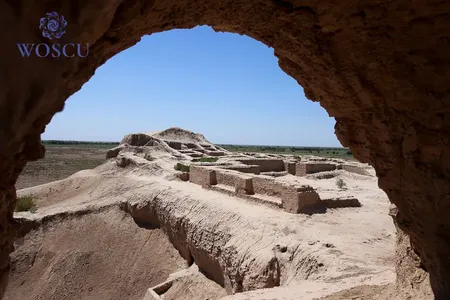
Miracles found in Toprak-Kala
Research carried out in 1945–1958 was associated with Toprak-Kala, the dynastic center of the Khorezm kings erected in the late 2nd – 3rd centuries at one time and according to a unified plan.

When did chugurma appear in Khorezm?
A small terracotta figurine of a horseman discovered during excavations at the Toprak-Kala site of the Khazarasp region, sheds light on the history of the traditional headdress of Khorezm men called chugurma.
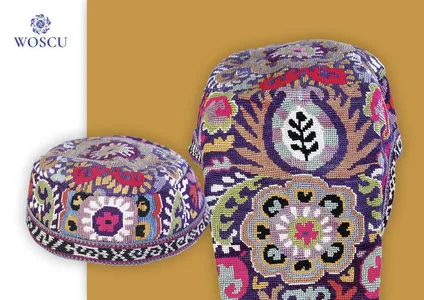
What headwear did women in Surkhandarya prefer?
Women's headdresses in Surkhandarya differ depending on age, social and tribal affiliation.

Minisak, kurta and other types of outerwear of Surkhandarya women
Out of outerwear, sedentary women wore minisak made of expensive fabrics for the holidays, and women of the mountains and foothills with a semi-nomadic lifestyle wore zhelak. In addition to them, quilted dressing robes-chapan were worn in winter.
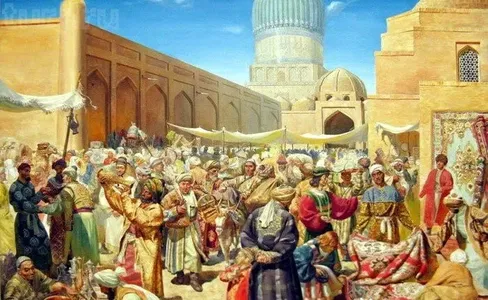
How did the urban men dress in Kashkadarya?
Urban men’s clothes were similar to the Bukhara clothes in cut and composition, but the sleeves were narrower.
